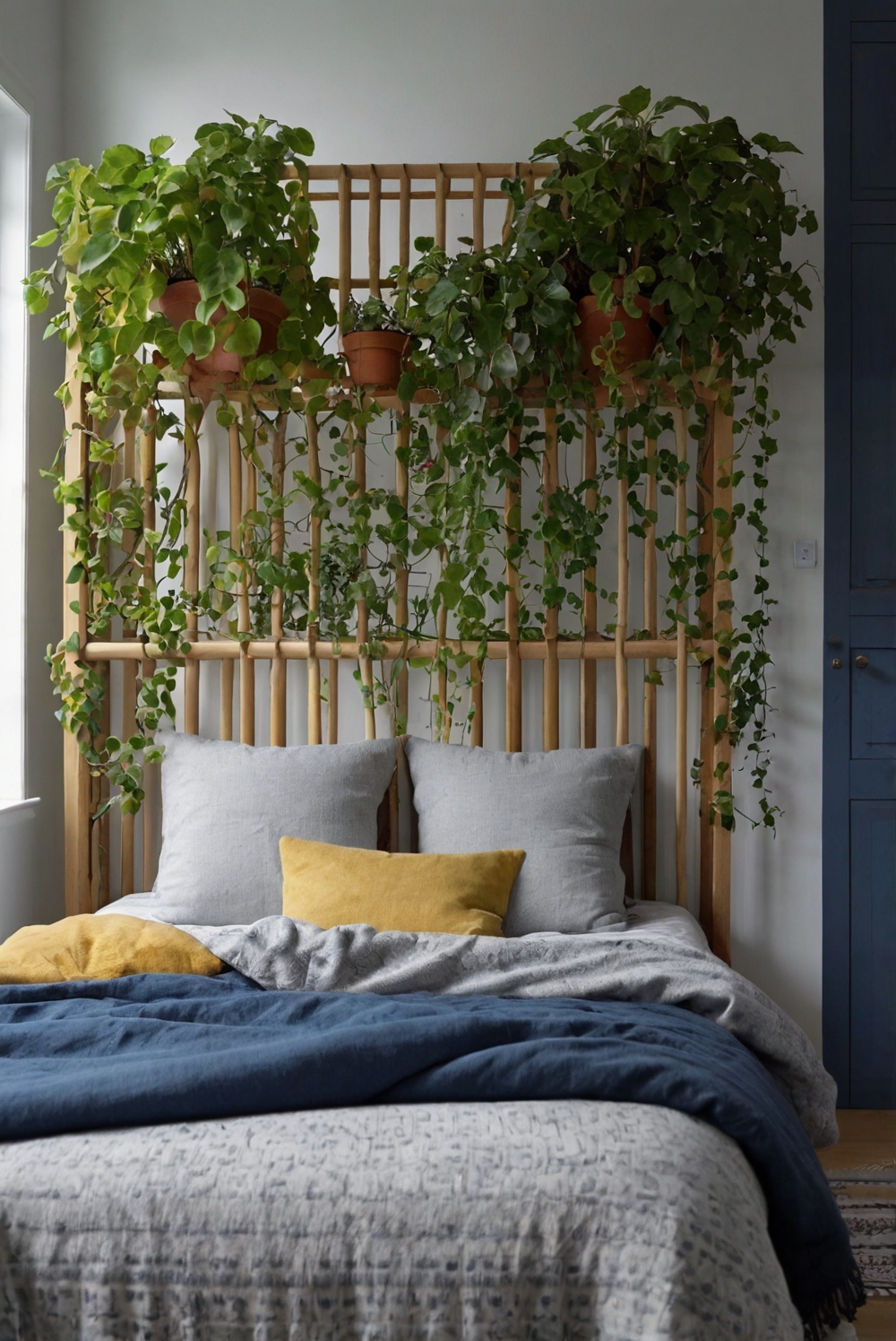Join us on a journey through daily interior designer routines, focusing on training climbing plants on trellises or walls for a striking vertical accent.
**
How can I train climbing plants to grow on trellises or walls for a vertical accent?
**
– **To train climbing plants for a vertical accent on trellises or walls, start by selecting the right climbing plant species that thrive in your area and are suitable for vertical growth.**
– **Ensure that the trellises or walls are sturdy enough to support the weight of the plants as they grow.**
– **Secure the stems of the climbing plants to the support structure using soft ties like plant ties or twine, allowing them to grow vertically.**
– **Regularly prune the plants to encourage upward growth and prevent overcrowding.**
By following these steps, you can create a beautiful vertical accent in your home decor with climbing plants that bring a touch of nature indoors.
How to Train Climbing Plants on Trellises or Walls
Training climbing plants on trellises or walls can create a stunning vertical accent in your garden. Follow these important steps to ensure successful growth and support for your climbing plants:
– **Choose the Right Plant**: Select climbing plants that are suitable for vertical growth and can thrive in your climate and soil conditions. Common choices include ivy, jasmine, clematis, and climbing roses.
– **Install a Sturdy Support Structure**: Before planting your climbing plants, ensure that the trellis or wall you choose as support is strong and secure. This will prevent damage to the plants as they grow.
– **Proper Planting Technique**: When planting your climbing plants, position them at the base of the trellis or wall and gently guide their stems towards the support structure. Use ties or twine to secure the plants to the trellis as they grow.
Training Techniques for Climbing Plants
– **Pruning**: Regular pruning is essential to encourage healthy growth and prevent overcrowding. Trim back any dead or damaged branches and shape the plant to promote vertical growth.
– **Guiding Growth**: As the climbing plants grow, gently guide their stems towards the trellis or wall to encourage upward growth. Avoid forcing the plant in a specific direction, as this can cause damage.
– **Regular Maintenance**: Check the ties and support structure regularly to ensure they are secure and provide adequate support for the climbing plants. Water and fertilize the plants as needed to promote healthy growth.
Tips for Successful Training
– **Provide Adequate Sunlight**: Most climbing plants thrive in full sunlight, so ensure that the trellis or wall receives enough sunlight for optimal growth.
– **Monitor Growth**: Keep an eye on the growth of your climbing plants and adjust the ties or support structure as needed to prevent damage and encourage upward growth.
– **Be Patient**: Training climbing plants takes time and patience. Allow the plants to establish themselves and grow at their own pace, providing support and guidance as needed.
Additional Considerations
– **Soil Preparation**: Before planting your climbing plants, prepare the soil by adding organic matter and ensuring good drainage. This will provide a healthy foundation for the plants to grow.
– **Watering Schedule**: Climbing plants may require more frequent watering, especially during hot weather. Monitor the soil moisture levels and water as needed to prevent drought stress.
In conclusion, training climbing plants on trellises or walls for a vertical accent can add beauty and interest to your garden. By following these steps and tips, you can successfully support and guide the growth of your climbing plants, creating a stunning vertical display. Remember to choose the right plants, provide adequate support, and be patient as your climbing plants grow and flourish.

